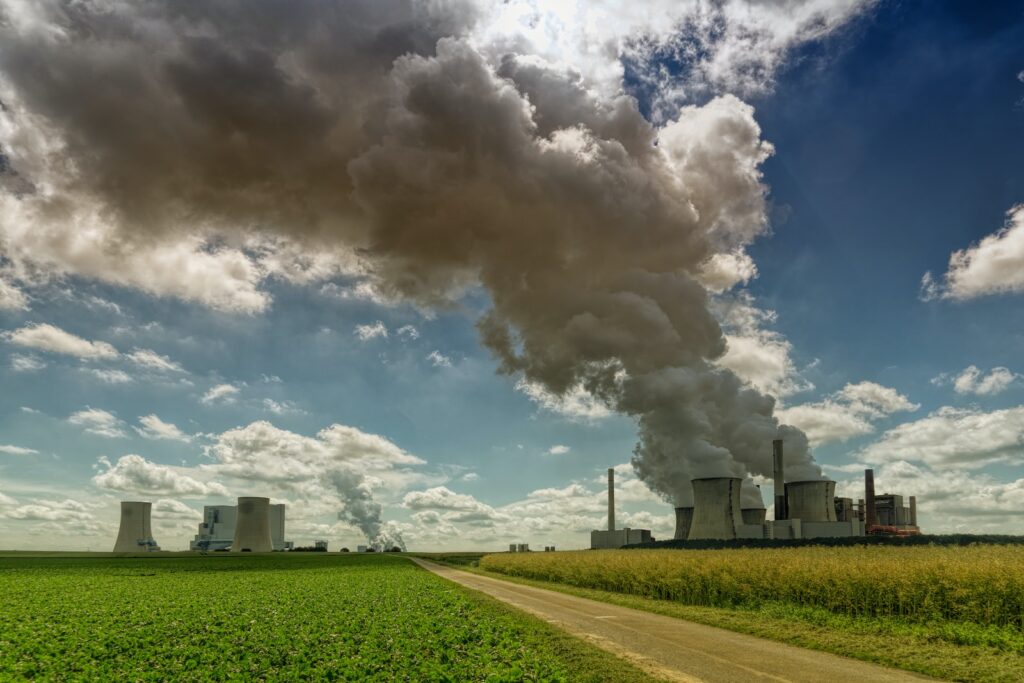Is the world decarbonising quickly enough?
You have to go back to 1997’s Kyoto Protocol (ratified in December 2005) for the first international framework to limit global greenhouse gas emissions. 192 states – almost all the UN’s members – agreed to reductions in emissions compared to 1990 levels averaging 5%. With decarbonisation the key theme of Friday’s COP27 discussions, Environment Journal looks at how the push to decarbonise stacks up to date.
2015’s Paris Accords, agreed at COP21, legally introduced the notion of limiting the average rise in global temperatures to ‘well below 2°C above pre-industrial levels’, and preferably no more than 1.5°C, ‘recognizing that this would significantly reduce the risks and impacts of climate change.’ The only major emitter yet to sign up is Iran.
The 1.5°C goal is likely to be missed, with current national pledges resulting in warming of 2.2 – 3.4°C by 2100, data collated by Climate Action Tracker reveals. It also shows that the planet is currently 1.2°C above pre-industrial levels. If 2022 trends continue, the 1.5°C barrier could be breached in as little as nine years. When the Paris Accords were ratified, the planet was on course for 3.6°C of warming.

The World Meteorological Organisation has confirmed the last eight years as the hottest on record. Concentrations of atmospheric carbon dioxide have reached 416 – 418 parts per million (ppm), a 0.52% increase since COP26 in Glasgow last year. It’s also a jump from 360 ppm in 1995 when the UN held its first climate change conference in Berlin. They rose an average of 3% per year during the first decade of this century.
To meet the targets set out in the Accords, countries need to rapidly decarbonise their economies, cutting them by half by 2030 and reaching net-zero by the middle of this century. However, carbon emissions from fossil fuels have reached an all-time high this year with little sign they are levelling off. Meta-analysis by the Global Carbon Project (GCP) show year to date emissions from fossil fuels are set to rise by 1%.
At the same time, a reduction in deforestation, and reforestation programmes around the world, have meant emissions from forestry have declined, and fallen to such a degree that overall global carbon emissions are currently stable though not decreasing. To meet the 2050 net zero target, GCP’s analysis suggests yearly decreases akin to those seen during the lockdowns of the coronavirus pandemic would be necessary.
The biggest emitters remain China, the US, and the EU. The US will record a rise in emissions of 1.5% this year, put down to the high demand for flights following the pandemic. But the biggest rise in emissions is likely to be from India. It will see an increase of 6% by the end of 2022 due to increased use of oil and coal, although the country’s per capita emissions rate is still low.
‘[GCP’s report] is a stark reminder that despite all this rhetoric, global fossil [fuel] CO2 emissions are more than 5% higher than in 2015,’ says Dr Glen Peters, a GCP member at Norway’s Centre for International Climate Research (CICERO).
Photo by Johannes Plenio















